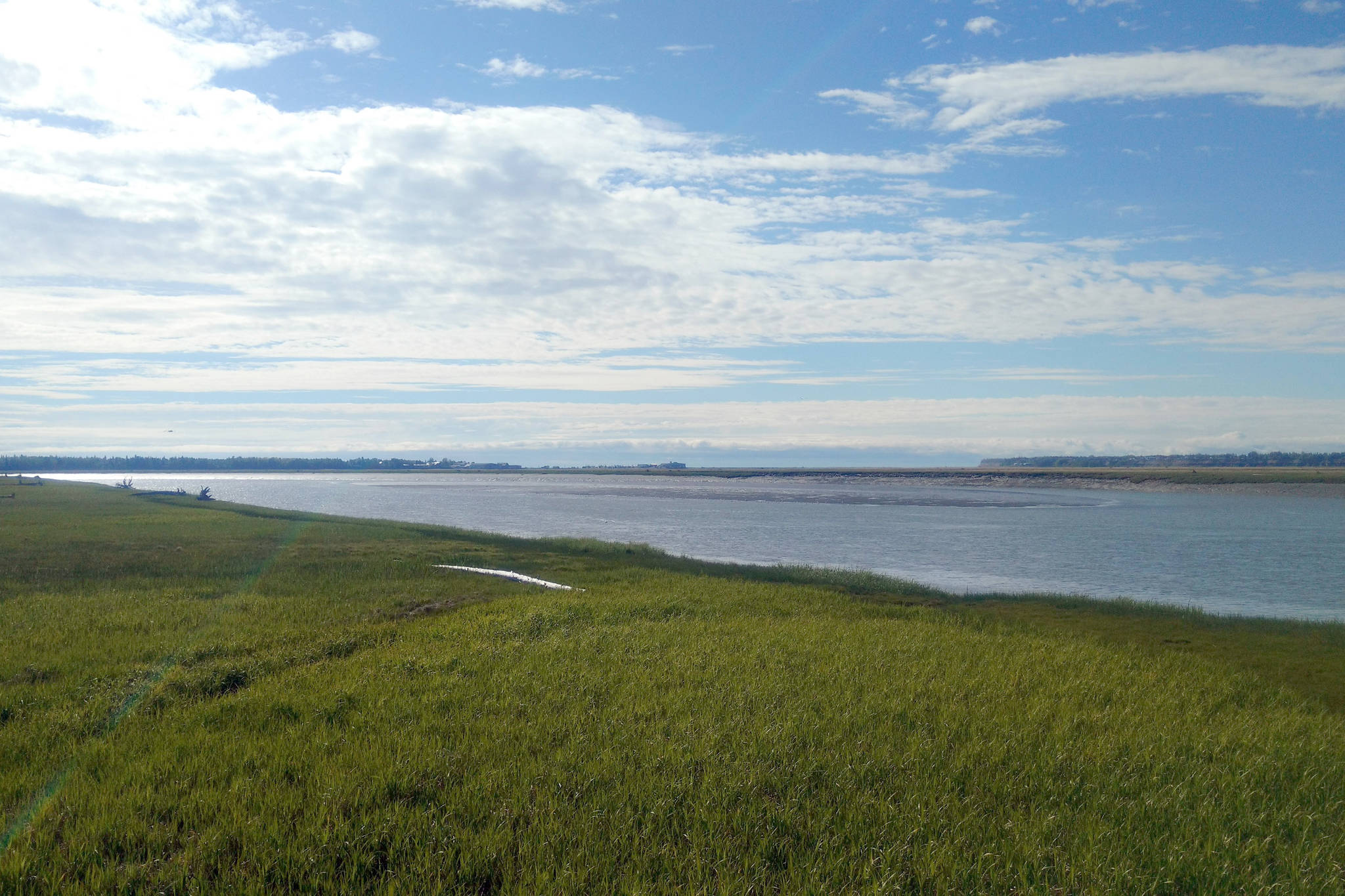On Oct. 2, 1968, President Lyndon B. Johnson signed the National Wild and Scenic Rivers Act, aimed at protecting the natural, cultural, and recreational values of selected rivers.
By the 1950s, decades of damming, development and diversion had taken their toll on our country’s rivers. In the 1960s, the country started to realize the damage we were inflicting on wildlife, the landscape, our drinking water and our legacy.
As of August, (the most recent designation) the National System protects 12,734 miles of 209 rivers in 40 states and Puerto Rico; this is a little more then one quarter of 1 percent of the nation’s rivers.
The Act is notable for safeguarding the special character of these rivers, while recognizing the potential for their appropriate use and development. It encourages river management that crosses political boundaries and promotes public participation in developing goals for river protection.
On this the 50th anniversary of the Wild and Scenic Rivers Act, let’s look forward with renewed commitment to protecting our great heritage of beautiful waterways that bind our communities together.
Information provided by ReGroup, a nonprofit educational group formed in 1989 to develop public awareness of waste reduction, reuse, and recycling benefit on Alaska’s Kenai Peninsula.

